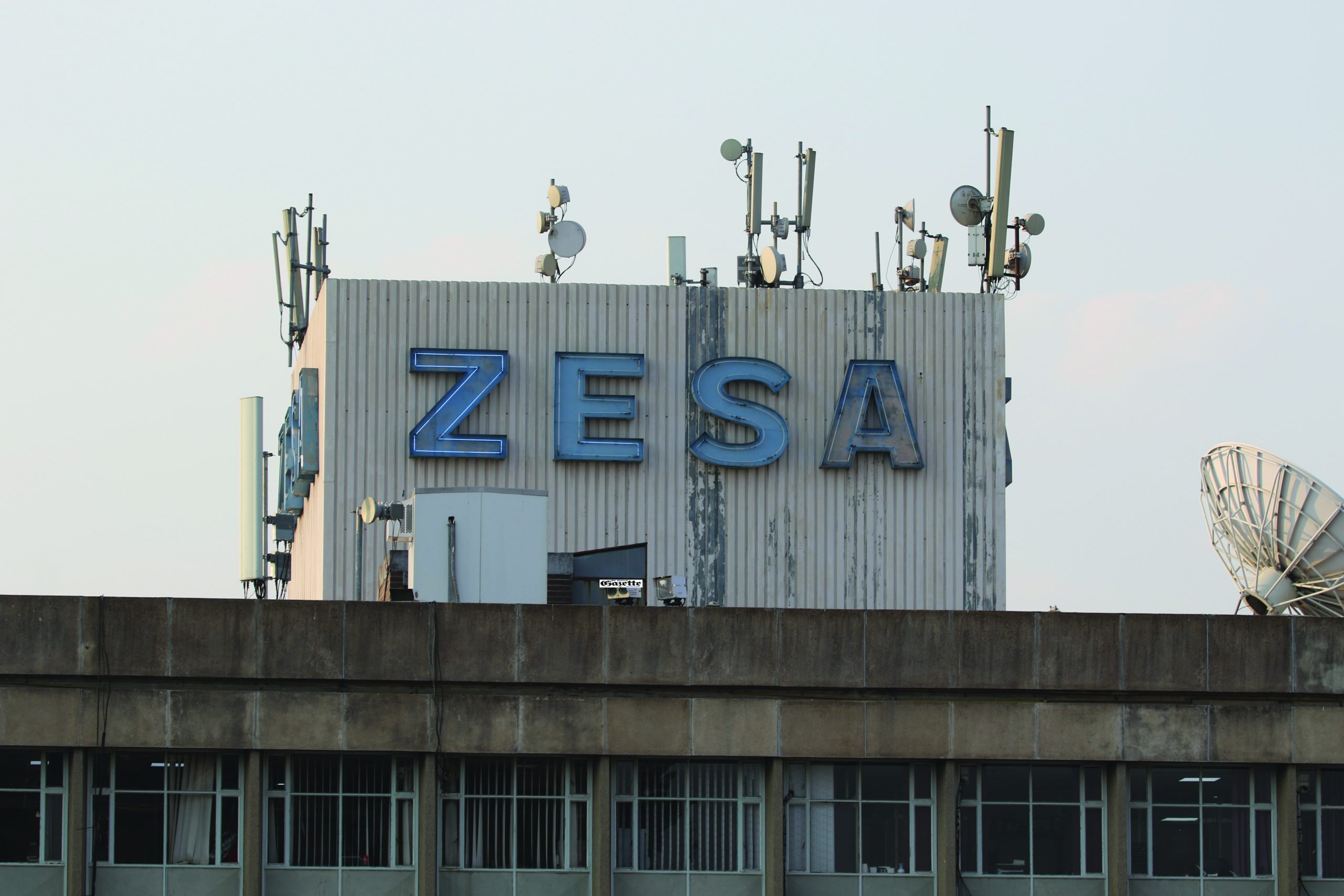
THIS week started badly for industries, which have eloquently stated the extent of capital that they require to rebuild.
In 2021 the Confederation of Zimbabwe Industries (CZI) said manufacturing firms required US$2 billion to return to pre-crisis capacity levels.

The mining industry says up to US$5 billion is required to exploit resources at a scale that gives it stamina to generate returns, create jobs and pay taxes.
Tourism has been modest after being sold a dummy by the government in 2020. Back then, it was promised a US$500 million revolving facility to navigate its way out of lockdown bruises. Nothing came.
Now, it says if US$100 million could be provided, operators would quickly drift out of this downturn. Many operators agree that they need grants to steer away from growth inhibiting high interest rates.
But as CZI president Kurai Matsheza says, for industries to seamlessly run, they require appropriately priced funding to avoid bankruptcies while keeping banking viable.
The situation in Zimbabwe is difficult. Banks are holding on to almost US$2 billion in their vaults.
Rightly, they cannot lend because risk profiles have reached catastrophic proportions as Zimbabwe relapses into another brutal crisis.
- Chamisa under fire over US$120K donation
- Mavhunga puts DeMbare into Chibuku quarterfinals
- Pension funds bet on Cabora Bassa oilfields
- Councils defy govt fire tender directive
Keep Reading
This would be time for the government to back qualifying firms with crucial guarantees to tap into global lenders.
But with a US$17,5 billion debt, almost the equivalent of the gross domestic product, Zimbabwe would be technically insolvent if it was a commercial enterprise.
Few lenders take chances.
Government must take bold steps to save Zimbabwe.
The last time Zimbabwe swum through such vexing waters, it ended up without a currency, with empty shops and waves of epidemics.
Instead of tackling these problems, authorities this week chose a dangerous path by hiking lending interest rates to 200%.
As Bloomberg noted after the shock move, the Reserve Bank of Zimbabwe (RBZ) became the most aggressive central bank worldwide by the stroke of the pen. That aggression has consequences. It won’t fight the inflation onslaught as planned. The inflation rate is being driven by events outside the formal economy where the RBZ says over US$500 million is stashed.
Banks, which reported a first quarter 311% rise in profits, may smile for a few weeks. But industrial output will suffer and Zimbabwe will run on imports again. Firms that will brave high rates will end up with blood on the nose and non-performing loans (NPLs) will spiral. Authorities only need to rewind to a decade ago to remember why they ended up creating the Zimbabwe Asset Management Company, which housed toxic loans.
Lending rates hit 44% back then.
Industries only plunged into debt because they had no choice.
In the end, NPLs hit the roof and banks were on their knees.
Contrary to expert views, it is not cheap to borrow when markets are going haywire. It is catastrophic, as demonstrated in 2008.
This is why the RBZ and government must go back to the drawing board to save this economy before it is too late.











